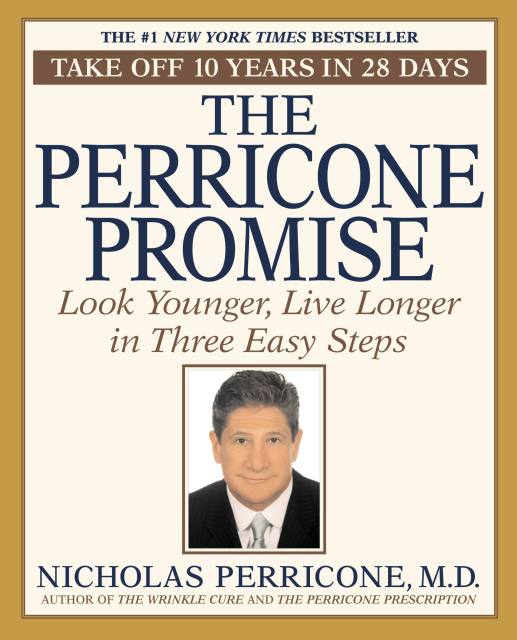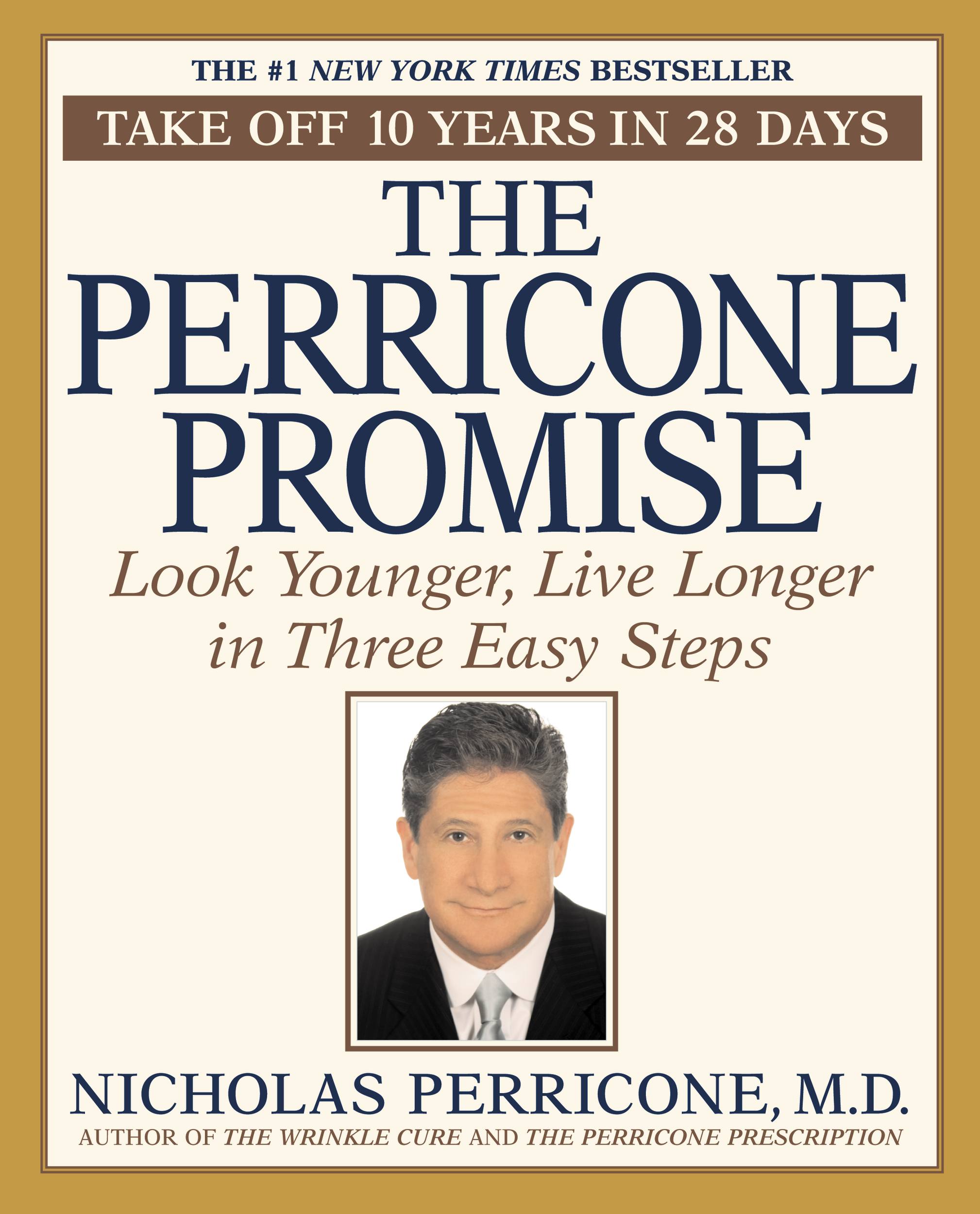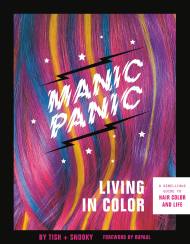Promotion
Use code MOM24 for 20% off site wide + free shipping over $45
The Perricone Promise
Look Younger Live Longer in Three Easy Steps
Contributors
By Nicholas Perricone, MD
Formats and Prices
Price
$8.33Price
$12.99 CADFormat
Format:
- ebook $8.33 $12.99 CAD
- Audiobook Download (Abridged) $14.98
This item is a preorder. Your payment method will be charged immediately, and the product is expected to ship on or around October 15, 2007. This date is subject to change due to shipping delays beyond our control.
Also available from:
Genre:
- On Sale
- Oct 15, 2007
- Page Count
- 320 pages
- Publisher
- Grand Central Publishing
- ISBN-13
- 9780446535519
Newsletter Signup
By clicking ‘Sign Up,’ I acknowledge that I have read and agree to Hachette Book Group’s Privacy Policy and Terms of Use







